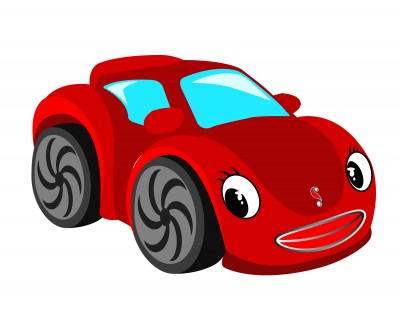Everyone knows that their car needs regular maintenance work to keep it running smoothly and looking nice. Many people, however, don’t know exactly what they need to look for or what they need to do to fix the problems that they encounter. In this article, we will analyze the five most important things to check for during a tune-up to ensure that your car is running at maximum efficiency.
1. Oil
While you may need to refill your oil gasket from time to time, especially if it’s leaking oil, you also need to actually change the oil once or twice a year. This is because oil tends to decay into a sticky goo when it sits in one place for too long. Because gooey oil doesn’t make a good lubricant, you’ll need to scoop out the oil about every 6 months and replace it with a fresh batch.
2. Tires
While you should generally check your tire pressure every few months to ensure that you don’t spin off the road, especially if you sense that one tire is sitting too low or is wobbling around when you drive, you should do a thorough check of your tires every 6 months or so to make sure that none of your tires have any significant cracks or sharp objects in them. If your tires look worn out, go ahead and replace them.
3. Transmission
A transmission tune-up is something that needs to be done every 2 years or about 30,000 miles and involves changing the car’s transmission fluid, filter, and gasket, as well as adjusting the transmission bands if necessary and removing any loose debris that has accumulated from the transmission grinding itself into a fine dust. While you can do a transmission tune-up at home, it is advisable to let the mechanic do it if you don’t know what you’re doing. Most mechanics only charge about $100 for a transmission tune-up and considering you only need to do it once every 2 years or so, the benefits of a transmission tune-up far exceed any negative excuses you can come up with.
4. Undercarriage
Another thing to look at when you do your bi-annual or annual tune-up is your vehicle’s undercarriage. Get down on the ground with a flashlight and make sure that your undercarriage doesn’t have any rust on it. While a little bit of rust isn’t an immediate threat, it can quickly spread and cause parts of your car to actually fall out.
5. Interior
Although the interior of your car doesn’t directly affect the performance of your vehicle, it’s a good practice to look around for any rips, tears, stains, or other damage in the interior of your car whenever you do a tune-up. Fixing any damages and removing stains regularly will help to keep your car looking good and will also encourage you to take good care of your vehicle.
Brandon is a auto enthusiast who loves to write on autos, he loves to keep his car clean from inside and outside and to get Car Cleaning Tips occasionally refers to carcleaningtips.net.

